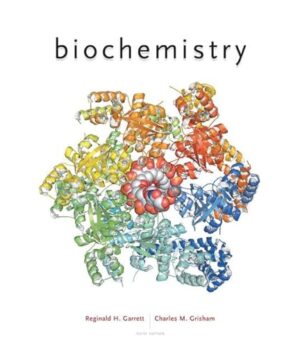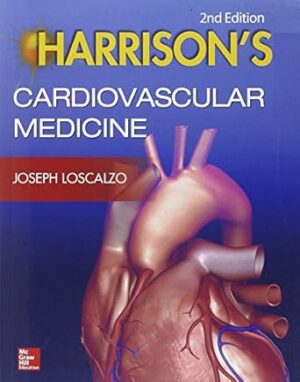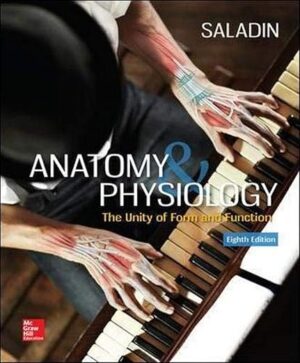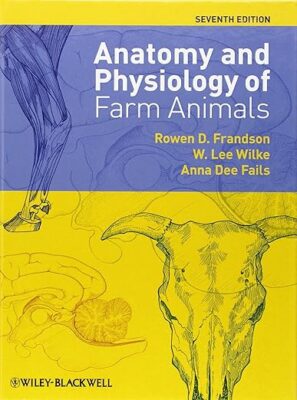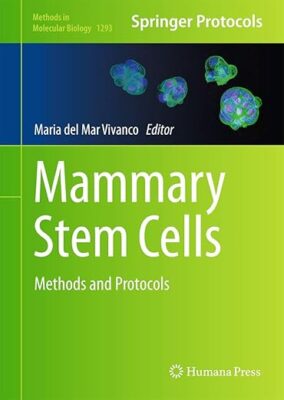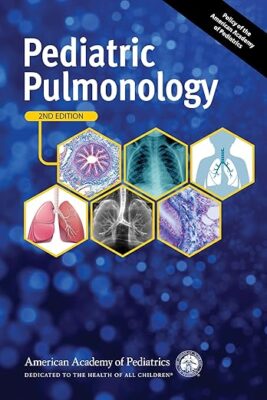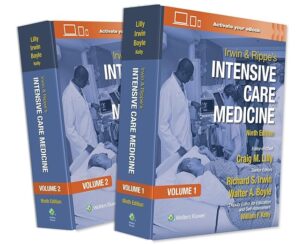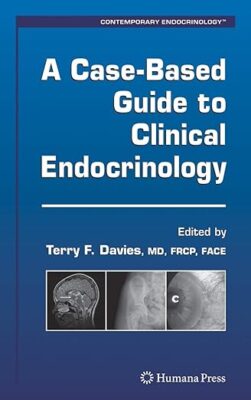Harrison’s Cardiovascular Medicine 2/E
Anatomy & Physiology: The Unity of Form and Function
Anatomy and Physiology of Farm Animals
The Seventh Edition of Anatomy and Physiology of Farm Animals is a thoroughly updated and revised version of this classic text. Drawing on current science and terminology with a number of new illustrations throughout and a new chapter on poultry, the book maintains its reputation for clarity, balanced scope, and breadth of content. The Seventh Edition provides veterinary, animal science, agriculture, and veterinary technician students with a comprehensive yet clear reference to understanding the fundamentals of anatomy and physiology.
Mammary Stem Cells: Methods and Protocols: 1293
Cervical Cancer
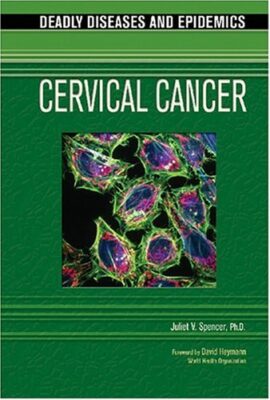
Pediatric Pulmonology
Irwin and Rippe’s Intensive Care Medicine
Selected as a Doody’s Core Title for 2023! Covering both the theoretical and practical aspects of critical care, Irwin & Rippe’s Intensive Care Medicine, Ninth Edition, provides state-of-the-art, evidence-based knowledge for specialty physicians and non-physicians practicing in the adult intensive care environment. Drs. Craig M. Lilly, Walter A. Boyle, and Richard S. Irwin, along with a team of expert contributing authors and education expert, William F. Kelly, offer authoritative, comprehensive guidance from an interprofessional, collaborative, educational, and scholarly perspective, encompassing all adult critical care specialties.&160;&160; Provides easy access to evidence-based critical care practice&160; Offers a practical, clinically oriented approach to intensive care, with detailed descriptions of procedures, incorporating new ultrasound and how-to videos that can easily be accessed in the eBook&160; Key points are identified at the beginning of each chapter and in the margins of the text&160; Key references chosen by the author experts are highlighted at the end of each chapter&160; Available even during network downtime&160; A key educational tool for learning critical care&160; Comprehensive coverage of topics in the field of critical care, including current information provided in 215 chapters authored by well-recognized experts&160; In-depth, comprehensive coverage that allows key skill acquisition&160; Useful resource for board preparation&160; New multiple-choice questions (more than 650!) with annotated answers accompany each chapter in the VST eBook, which also features over 300 videos, mainly diagnostic and therapeutic ultrasound clips.&160; Brings new expertise with senior editor Dr. Walter A. Boyle and online question editor William F. Kelly&160; &160; Enrich Your eBook Reading Experience&160; Read directly on your preferred device(s), such as computer, tablet, or smartphone.&160; Easily convert to audiobook, powering your content with natural language text-to-speech.&160;.
Basic surgical techniques
The 5th Edition of this text gives clear, concise guidance on all aspects of acquiring surgical skills to ensure operative success. The full range of surgical procedures is comprehensively reviewed in a clear “how-to-do-it” style. Thoroughly updated and modernized throughout, this latest edition includes new information on laparoscopic procedures and minimal access surgery. Each chapter is now introduced with a summary box, outlining the key issues that are covered. The book also includes nearly 100 completely new illustrations.
A Case-Based Guide to Clinical Endocrinology (Contemporary Endocrinology)
In December 2005 I changed my mind [1]. Up until that time I had put my name on one case history in 400 publications [2]. I changed my mind and realized that reading case histories could be a good learning exercise. I had previously considered useful case histories to be essentially live case demonstrations. Indeed, I had persuaded years of endocrine clinical fellows that writing case histories was not something to be encouraged. But the cheese moved. Livecase historypresentationsbecametoo complexforeasy digestibility. Themany investigations and vast literature review required more contemplation than a live presentation had required in the past. And writing these exercises as a formal case history allowed the complex literature to be better understood. Furthermore, as our evidencebase hasgrown, theidiosyncraticapproachso commoninlivecase dem- strations of the past has become totally unacceptable. The written or prepared case has become the ideal forum for demonstrating how to manage a medical case to the greatest bene’t of the patient. Indeed, written case histories are clearly the very best means of showing medical care guidelines in real practiceandofrevealingtheiradvantagesanddisadvantages[3]. Thatdoesnotmean we should no longer give live case demonstrations. Demonstrating a supportive and knowledgeable patient can be a magni?cent teaching tool. For many years I have presentedendocrinologycasesto our?rst-yearmedicalstudents, andformanyyears these physicians later told me how much they enjoyed them and that they remember them well. So clearly, both formats of delivery remain effectiv









